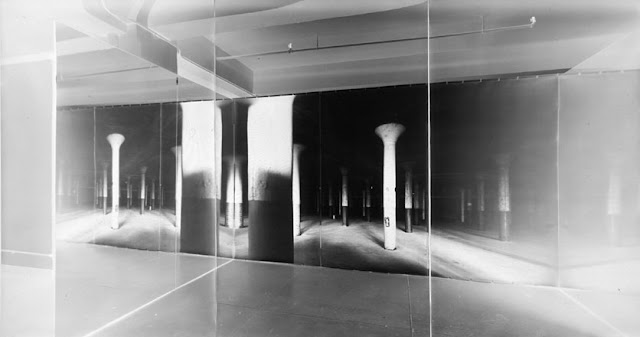Jean-Michel Basquiat (1960 – 1988) was born in New York in 1960, his father from Haiti, his mother Puertorican. In 1978 Basquiat, along with his friend Al Diaz, began his artistic career as a graffiti artist in the streets of New York. He signed his graffito ‘SAMO’ which stood for ‘Same old Shit’. He earned a living by selling painted postcards and T-shirts, and at this time was making assemblages from scrap metal. He soon caught the attention of the New York art scene. Basquiat met Keith Haring and Kenny Scharf, both of whom had found their inspiration in the graffiti scene.
Basquiat's very original painting style on paper and canvas made him a star almost overnight. In 1980 he was included in the Times Square Show, which drew a lot of interest in his work. 1981 the art critic René Ricard published the article ‘The Radiant Child’ in the magazine Artforum, which brought Basquiat to the attention of the art world.
In late 1981 he joined the Annina Nosei gallery in SoHo, Manhattan. By 1982, Basquiat was showing regularly, and alongside Julian Schnabel, David Salle, Francesco Clemente and Enzo Cucchi, was involved with the Neo-expressionist movement. He was represented in Los Angeles by the Gagosian Gallery, and throughout Europe by Bruno Bischofberger.
In 1986 Basquiat had left the Annina Nosei gallery and was showing in the famous Mary Boone gallery in SoHo. In 1986 he appeared on the cover of The New York Times Magazine in a feature entitled ‘New Art, New Money: The Marketing of an American Artist’. He was a successful artist in this period, however increasing heroin addiction began to interfere with his personal relationships.
After Warhol died in 1987, Basquiat became increasingly isolated, and his heroin addiction and depression became more severe. After an attempt at sobriety during a trip to Maui, Hawaii, Basquiat died of a heroin overdose in his art studio on Great Jones Street in New York City's NoHo neighbourhood in 1988, at the age of 27.
This is the first of a two-part look at the work of Jean-Michel Basquiat:
1980-81 Untitled
1981 Bird on Money
1981 Old Cars
1981 Untitled
1981 Untitled
1981 Warrior
1982 Back of the Neck
1982 Boy and Dog in a Johhnypump
1982 Jawbone of an Ass
1982 Untitled
1982 Untitled [Angel]
1982 Untitled [Boxer]
1982 Untitled [Prophet I]
1982 Untitled [Skull]
1982-83 Untitled [Self-portrait]
1983 Beat Bop
1983 Catharsis
1983 Hector
1983 In this Case
1983 Untitled




















































